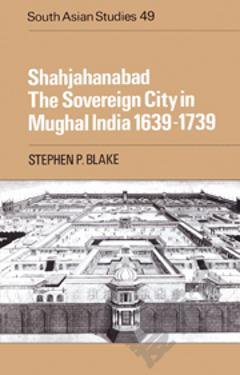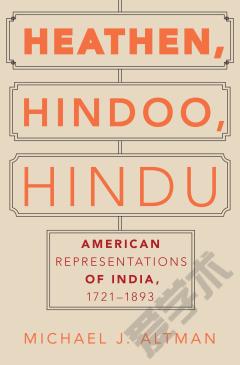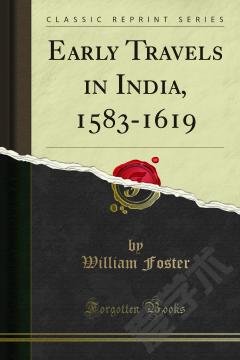Shahjahanabad: The Sovereign City in Mughal India 1639–1739
From 1400 to 1750, Asian capital cities were often ruled in such a way that they became symbols of the power and influence their emperors extended over their states at large. These 'sovereign cities' became the empire in miniature. Shahjahanabad is the first study of a pre-modern Indian city (Old Delhi) as a sovereign city. Stephen Blake explores the way in which the emperors' and nobles' palaces and mansions dominated the landscape; how cultural life revolved around that of the emperors and their families; and how the households of the great men also dominated the urban economy and controlled a large percentage of state revenue. This study thus illuminates how Asian capitals were not the great amorphous agglomerations described by Marx and Weber. Instead they were urban communities with their own distinctive style and character, dependent on a particular kind of state organization.
{{comment.content}}








 京公网安备 11010802027623号
京公网安备 11010802027623号